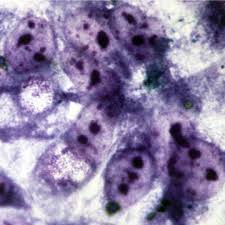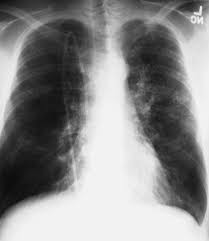Chlamydia is the name given to a distinct genus of bacteria, which causes a wide spectrum of human illness.
Three species (C.pneumoniae, C.trachomatis and C.psittaci) are acquired by different means and cause extensive health problems. They differ from other kinds of bacteria in two important respects: they are considerably smaller and they behave more like viruses than bacteria. Chlamydiae can’t exist outside a host cell.
The incubation period is 7-14 days. Eye infections in children may progress to trachoma and blindness in adults. Genital infections in adults are commonly asymptomatic, especially in women. Women may have cervicitis, urethritis, vaginitis or infection of Bartholin’s glands. C.trachomatis causes salpingitis and is a major cause of infertility and ectopic pregnancy. Obligation Chlamydia pneumoniae causes disease in children and young adults and is spread via respiratory secretions from person to person. Up to 50% of the adult population has evidence of past infection. In a Melbourne study, 10 per cent of cases of community-acquired pneumonia were due to this pathogens. The incubation period is approximately 5-10 days. The disease is often mild, but may present as pharyngitis, sinusitis, pneumonia or bronchitis. The cough may be prolonged and precipitate asthma. C. pneumoniae has also been implicated in atherosclerosis and heart disease, arthritis and Alzheimer’s disease, but this is not proven. Chlamydia psittaci has many serological types and is commonly found in domestic and feral animals, especially birds. 1. A flu-like disease, with fever, headache, nonproductive cough, results in an ‘atypical pneumonia’, and Check your Better Health Channel for more details. Lymphogranuloma venereum is caused by a strain of chlamydia and is commonest in parts of Asia, Africa, and South and Central America. In Europe and North America the bacterial infection has started to spread among gay men in the Netherlands, France and the UK. Recent cases have appeared in Sweden. Vaccine Information Infections with Chlamydia sp. are usually treated with antibiotics, such as tetracycline, erythromycin or roxithromycin. |



